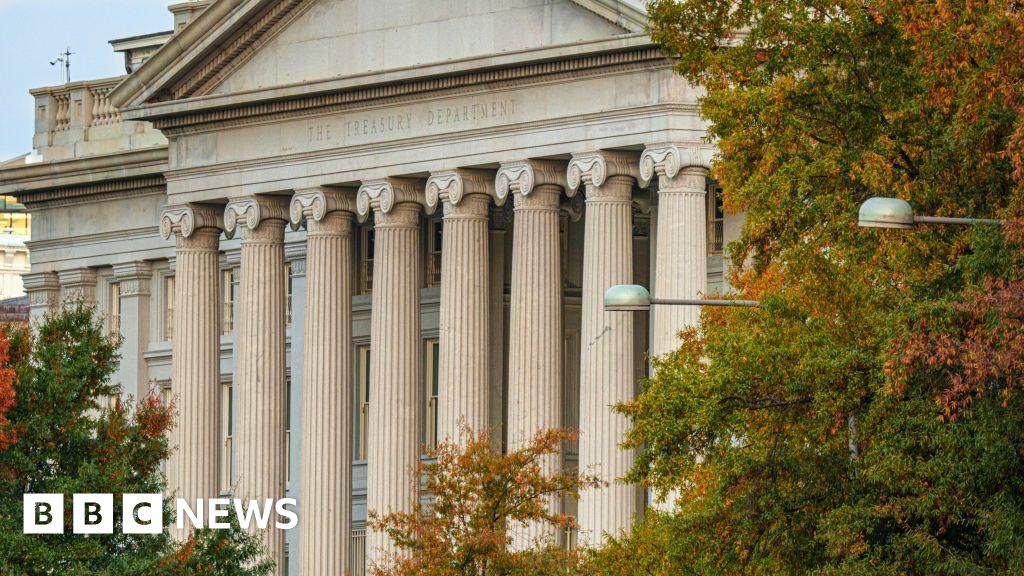Buenos Aires, Argentina, Sep 17, 2024 / 15:55 pm
More than 650,000 pilgrims gathered this past weekend in the city of Salta, in the Argentine province of the same name, to celebrate the Feast of Our Lord and the Virgin of the Miracle.
Buenos Aires Archbishop Jorge García Cuerva presided at the feast’s Sunday Mass, beginning his homily by saying: “Words ... are never enough, if what has to be said overflows the soul.”
“It is very difficult to put into words what is felt” at the “Feast of the Miracle,” said the archbishop, who over four days walked more than 105 miles to Salta.
“In the cross of the Lord of the Miracle we find strength to continue on the path of life, because alongside everyday people we recognize that we are all fragile, we recognize that no one can go it alone, we recognize our vulnerability and the need we have for the Lord of the Miracle,” he said.
Upon seeing the pilgrims look at the images of the Lord and the Virgin of the Miracle, García Cuerva noted: “There was a communion of vision in a profound silence.”
Speaking of the Lord, he said, “we want to allow ourselves to be seen by his gaze of mercy, which heals the wounds of the soul, as so many servants healed our feet during the pilgrimage of these days.”
“We want to allow ourselves to be looked at by your bright gaze, like that of all of us who come to your feet, moved to the point of tears, because crying is good for us, because we make tears and cleanse our eyes and thus, we look at the future with greater hope and we see a horizon ahead of us as Argentines,” he said.
Salta Archbishop Mario Cargnello also spoke at the event, saying: “Lord of the Miracle, thank you for drawing us to you to renew, also this year, the pact of love with you!”
 Archbishop Mario Antonio Cargnello of Salta. Credit: Archdiocese of Salta
Archbishop Mario Antonio Cargnello of Salta. Credit: Archdiocese of Salta“Here you have us, Lord! We bring our pains, our worries, the poverty of many Argentines. With us come our sins, our infidelities, but also our hopes that are based on your constant and always renewed fidelity,“ he declared.
With this pact “we open our hearts to his Spirit so that he makes us capable of being free like Jesus,“ he explained and specified: “We are truly free to the extent that we do good.“
To fully experience this freedom in society, the archbishop of Salta called for a focus on efforts to fight against the “destructive tsunami” that is “violence, the scourge of drugs, social inequality with its consequences of growing poverty, the culture of death, the loss of a quality education.“
“It is the state’s job to create and sustain conditions so that people and institutions develop their full capacity to fulfill themselves along with others, but each citizen is also asked to do his part,“ he indicated.
“Let us not be afraid to lose some of our comfort in favor of the poorest. Let us avoid ostentation, which causes more pain to those burdened by poverty,” he added, while underscoring that “the miracle is the most eloquent testimony of the transforming power of faith.”
The ‘Feast of the Miracle’
The origin of this feast dates back to 1582, the year of the founding of Salta, when Fray Francisco de Victoria, who was carrying out his pastoral mission in America, promised that upon returning to Europe he would send an image of Christ to the main church of the town. It arrived 10 years later.
(Story continues below)
Subscribe to our daily newsletter
In 1692, an earthquake caused the disappearance of the city of Esteco. An aftershock affected the capital of Salta, which was about 93 miles away, generating panic among the residents, who approached the temple that was destroyed.
Father José Carrión, priest of the Society of Jesus, took the crucified Christ out into the street in what is remembered as the first procession. After this and other manifestations of faith, the earthquakes eventually stopped.
More than 300 years old, the Feast of Our Lord and the Virgin of the Miracle is one of the most popular in Argentina and is an opportunity for the faithful to renew their pact of faith with the patron saints of Salta.
This story was first published by ACI Prensa, CNA’s Spanish-language news partner. It has been translated and adapted by CNA.
Julieta Villar has a degree in social communication from the National University of La Matanza (Argentina). She began her professional career as an editor at the Argentine Catholic Information Agency (AICA). She has collaborated in graphic press media and communication tasks in civil society organizations. Since October 2022, she has been part of the ACI Prensa team as a correspondent for Argentina, Bolivia, Chile, and Uruguay.
 (1).png)
 3 months ago
7
3 months ago
7














